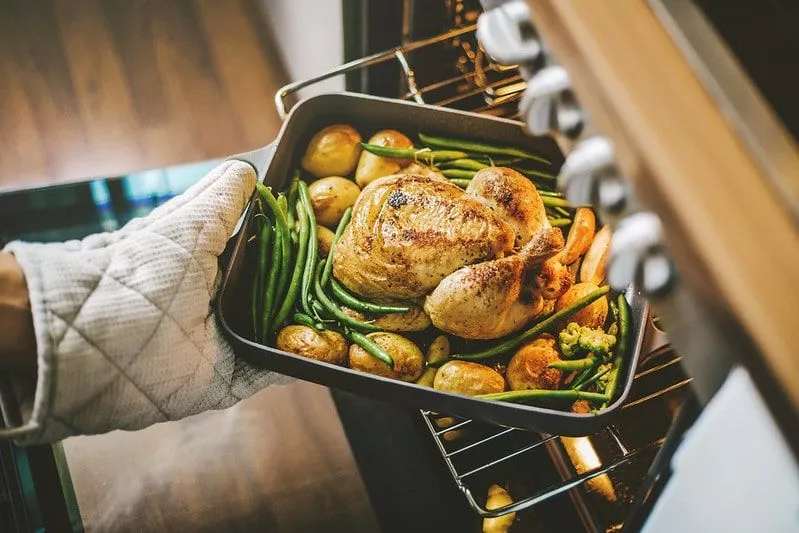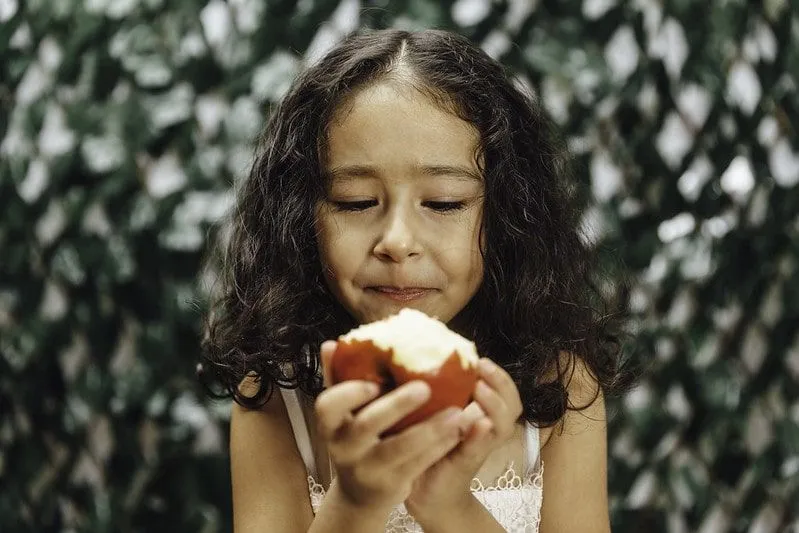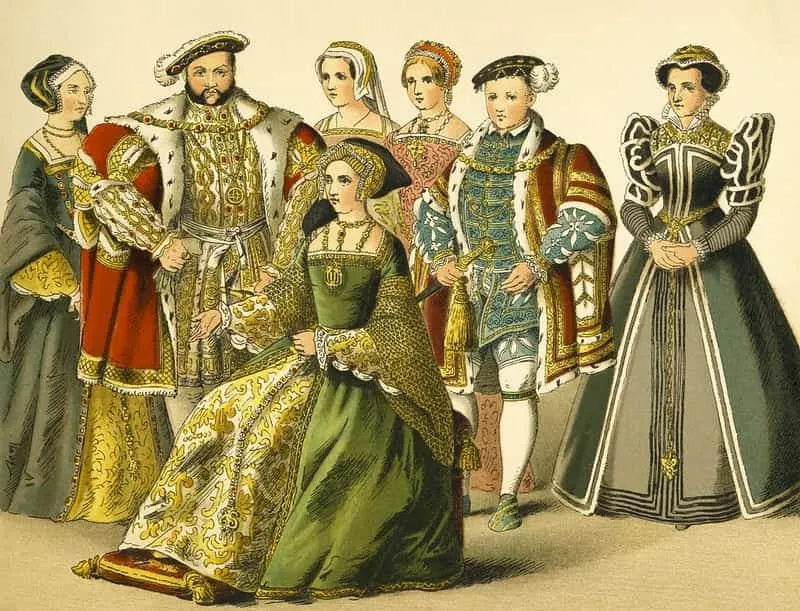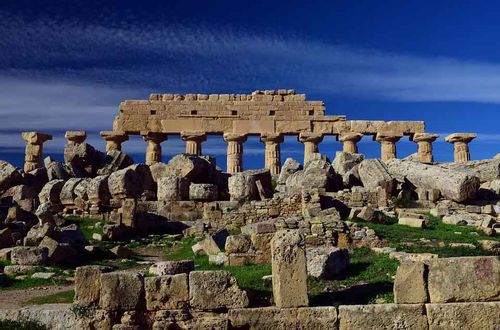FOR AGES 7 YEARS TO 11 YEARS
Whether a person living in Tudor England was rich or poor had a significant impact on what they could eat or drink.
The Tudors were very concerned with the idea of a well-ordered society: they introduced laws to separate the rich nobles from the poor workers. This determined what food people could access and afford.
The food that people ate was also affected by the time of year: usually, it was seasonal and fresh as it was very difficult to store. Tudors would preserve their food by pickling or salting it, and seasonings or spices were used by wealthy families to disguise any low quality. The more exotic the spice was, the more it showed off the household’s wealth.
Let’s look at the kinds of food that the Tudors ate.
Rich Tudors were heavily reliant on meat: their diet was about 80% protein! Meats such as chicken, pheasant, wild boar, and pig were eaten frequently, and peacock, swan, and badger would appear at banquets. Meat was roasted on spits over a fire or slow-cooked in an iron box that was placed in the ashes.
Wealthier Tudor landowners ate lots of fresh meat as they could keep more animals on their estates, but it was also preserved for the winter months by salting, smoking, or drying. If the meat was dried, it would be hung from the ceiling in order to improve its flavour.
By King Henry VIII’s reign, the price of meat had fallen so that the average family could afford either stored or preserved meat. Poorer people were also encouraged to eat chicken that they could rear themselves, as well as beef from local markets or rabbits that they caught.

Fruit and vegetables were highly seasonal food. Vegetables such as cabbage, leeks, and parsnips were common, as were fruits like apples, pears, and plums. Fruits were sometimes preserved in syrups to make them last longer, and wealthy houses often had herb gardens containing herbs like parsley, rosemary, and sage.
In the late Tudor period, potatoes and tomatoes were brought over from the Americas and enjoyed popularity amongst the richer classes, who served them at banquets as a symbol of their wealth. Otherwise, vegetables were not favoured by the nobility: they were seen as food for the poor. Turnips, for example, had been popular at the start of the Tudor period, but were considered food for cattle by the end.
Pottage was a cabbage soup eaten by all. If eaten by the poor, it was served with bread, but if the rich ate it, they made it more exotic with spices like ginger or saffron.

Rich people would eat bread made from white or wholemeal flour, whereas poorer classes ate bread milled from rye flour – or sometimes even acorns!
Those living by rivers or the sea ate fish such as eel, perch, and trout. A lot of fish was consumed over the period of Lent, when foods like butter, eggs, and meat were forbidden.
Sugar was rare and expensive as it could not be grown in the UK. Honey was more often used as a sweetener, and desserts consisted of gingerbread, sugared almonds, and preserved fruit.
Desserts were therefore more frequently eaten by the rich, as sugar was such an exotic expense. At banquets, giant centrepieces were prepared from marzipan and spun sugar, and shaped into hunting scenes or giant structures like castles and cathedrals. This was a demonstration of the great wealth of the banquet’s host.
Water in the Tudor period was contaminated, so it was healthy for neither the poor nor the rich to drink. Instead, the poor drank ale and mead, and the rich drank wine, which was sometimes served warm and spiced. Hippocras was an expensive, sweet, spiced liquor from Cyprus and would be served only at banquets.

1.) Henry VIII’s first wife, Catherine of Aragon, particularly loved to eat porpoise at Tudor banquets.
2.) Tudor courtiers selected their meals from a variety of dishes, eating around 5000 calories a day.
3.) Only the monarch ate with a fork, which was used to serve, cook, and carve. Everyone else used a spoon and a knife, as forks were only introduced as an everyday item from the 17th century.
1.) Which Tudor food would you have liked, or disliked, to eat?
2.) Name 3 different meats commonly eaten by the nobility.
3.) What were two factors that affected what a Tudor ate or drank?
Read The Disclaimer
At Kidadl we pride ourselves on offering families original ideas to make the most of time spent together at home or out and about, wherever you are in the world. We strive to recommend the very best things that are suggested by our community and are things we would do ourselves - our aim is to be the trusted friend to parents.
We try our very best, but cannot guarantee perfection. We will always aim to give you accurate information at the date of publication - however, information does change, so it’s important you do your own research, double-check and make the decision that is right for your family.
Kidadl provides inspiration to entertain and educate your children. We recognise that not all activities and ideas are appropriate and suitable for all children and families or in all circumstances. Our recommended activities are based on age but these are a guide. We recommend that these ideas are used as inspiration, that ideas are undertaken with appropriate adult supervision, and that each adult uses their own discretion and knowledge of their children to consider the safety and suitability.
Kidadl cannot accept liability for the execution of these ideas, and parental supervision is advised at all times, as safety is paramount. Anyone using the information provided by Kidadl does so at their own risk and we can not accept liability if things go wrong.
Kidadl is independent and to make our service free to you the reader we are supported by advertising.
We hope you love our recommendations for products and services! What we suggest is selected independently by the Kidadl team. If you purchase using the buy now button we may earn a small commission. This does not influence our choices. Please note: prices are correct and items are available at the time the article was published.
Kidadl has a number of affiliate partners that we work with including Amazon. Please note that Kidadl is a participant in the Amazon Services LLC Associates Program, an affiliate advertising program designed to provide a means for sites to earn advertising fees by advertising and linking to amazon.
We also link to other websites, but are not responsible for their content.
Was this article helpful?



Browse Category

We’ll send you tons of inspiration to help you find a hidden gem in your local area or plan a big day out.



Check your inbox for your latest news from us. You have subscribed to:
Remember that you can always manage your preferences or unsubscribe through the link at the foot of each newsletter.